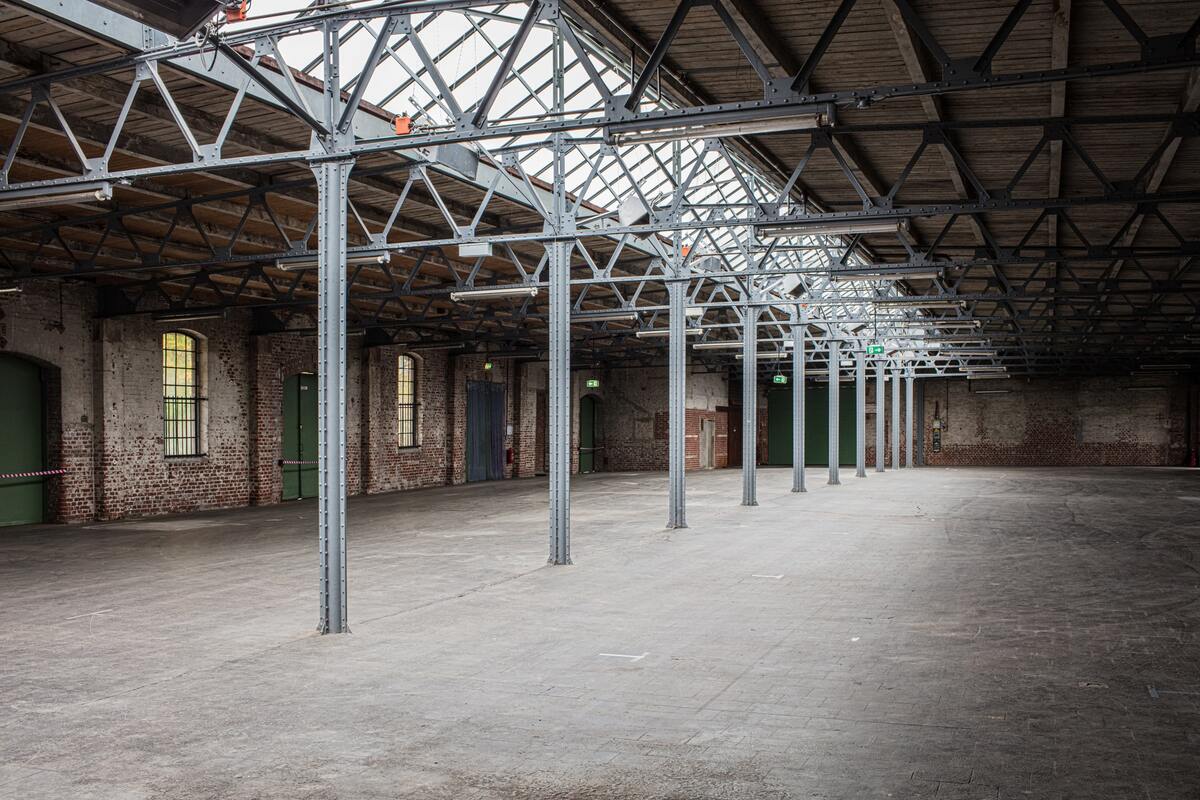Why Adaptive Reuse Matters in Green Construction

Commercial construction can be an expensive and time-intensive process. While new housing communities, industrial buildings and office spaces are necessary, many environmentally-focused developers and advocates are looking to another source of space — existing structures that have fallen out of use or need updating to meet modern needs.
Adaptive reuse has been gaining momentum in sustainable construction for several years. Research indicates it can be 16% cheaper and 18% faster to practice adaptive reuse than to construct a new building. Here’s what you need to know about the growth of adaptive reuse.
What Is Adaptive Reuse?
The practice of adaptive reuse involves two main concepts:
- Retrofitting derelict, already-standing buildings to serve a new function. This gives structures with “good bones” or historical significance a new lease on life.
- Designing buildings with versatility in mind by focusing on modularity, simplicity, and easy dismantling or reconfiguration.
The concept of adaptive reuse in construction is best understood through examples.
The Legacy Living Lab project sought to create a modern, modular, easily repurposed laboratory for professional and citizen scientists. Despite offering code-compliant and highly sophisticated working and meeting spaces, the building can also be dismantled, relocated and reconfigured to serve future needs.
It’s estimated that this type of built-in repurposing potential could save some 18 tons of wasted construction materials and deliver an astonishing 88% savings on greenhouse gas (GHG) emissions.
Another example – Greater Goods Coffee, located in East Austin, Texas – also showcases dynamic reuse. Where an abandoned warehouse once stood is now a distinctive, eco-friendly coffee house and roastery. The use of translucent materials has turned an unwelcoming, stuffy industrial environment into one that uses passive sunlight.
One building company estimates the following financial savings for different types of adaptive reuse projects:
- Museums: Compared to building new, repurposing an existing structure as a museum could save 25% on building costs.
- University classrooms: Higher educational institutions that repurpose spaces for instructional space instead of breaking new ground could save 18% on their expenses.
- High-school classrooms: Cash-strapped school districts could repurpose existing structures and save up to 18% in the process.
- Commercial and office spaces: Building new office and commercial real estate can be prohibitively costly, but adaptive reuse could save companies 4.5%.
Why Prioritize Adaptive Reuse and Green Building Techniques?
“Reduce, reuse, recycle” is a popular mantra. However, modern environmental concerns like climate change make this mission more important than ever.
Local governments are scrambling to protect historical buildings from the most extreme impacts of climate change. In Florida, adaptive reuse might even involve raising the first floor of historically significant buildings to allow repeated flooding without compromising structural integrity.
Here are some other ways adaptive reuse can lessen construction’s impact on the natural world, help the built environment withstand disruptions, and address ongoing housing and resource shortages.
Material Waste
The construction sector in the U.S. generates more than twice the physical waste of its entire municipal waste system. These 600 million tons of construction and demolition debris typically wind up in landfills, where they occupy valuable space for hundreds or thousands of years. They also release toxic elements into the environment.
Reducing the demand for newly fabricated building components will have a huge impact on keeping these materials out of landfills and ensuring Earth’s resources are used for as long as possible.
Housing Crises
Affordable housing is considered a crisis in various parts of the world. Even before a global pandemic swept the country, the U.S. had a shortage of at least 7 million housing units. At the same time, rent costs are skyrocketing.
One of the chief advantages of investing in adaptive reuse is the prospect of bolstering affordable housing inventory without occupying additional land.
Emission Reduction
The demolition, renovation and construction industries in 2018 consumed 36% of the United States’ generated energy and released 39% of CO2 emissions. Some 11% of this was from manufacturing glass, steel, aluminum, cement and other building materials. The rest came from indirect emissions, such as trucking those items to the build site.
Reducing the need to transport major structural components to a worksite through adaptive reuse stands to eliminate a significant portion of this environmental footprint.
Time Savings and Labor Shortages
Some say it’s a labor shortage, while others say the living wage is insufficient. Whatever the cause, construction has hit a slump in its needed personnel vs. the available labor pool. The industry in the U.S. must add 2.2 million more jobs if it’s to keep pace with the ballooning demand for affordable housing and commercial space.
Ongoing Challenges With Adaptive Reuse
A lot of adaptive reuse projects involve repurposing vacant warehouses. This can create unique challenges – especially concerning climate management and energy conservation. The size of the building targeted for repurposing should play a role in determining its new function.
Refitting older structures may involve using unique materials and building code challenges. Preexisting structures may contain building elements that are difficult or impossible to source, therefore requiring alternative materials or specialized expertise.
Finally, it’s important to prepare for potentially higher and wider-ranging unexpected costs than building new. Experts typically recommend adding 5%-8% to the budget for change orders.
However, an adaptive reuse project’s budget buffer zone should be around 10%-15%. The previously mentioned challenges involving bespoke components and shoring up the structure itself could balloon the budget.
Despite these challenges, adaptive reuse remains an exciting prospect for builders, developers and eventual building inhabitants. Combining the old with the new delivers a host of benefits – plus aesthetically pleasing buildings with unique profiles, distinctive characters and endless potential for reuse.



